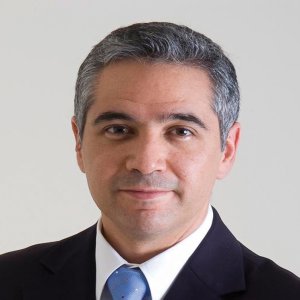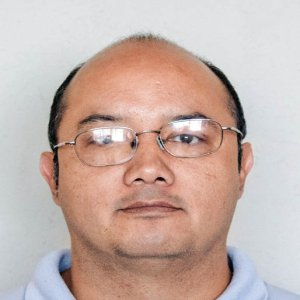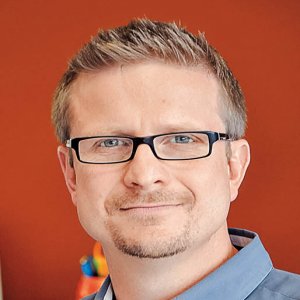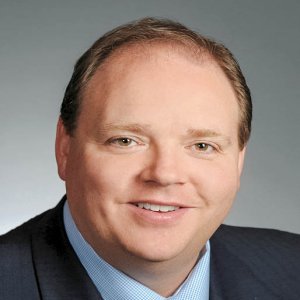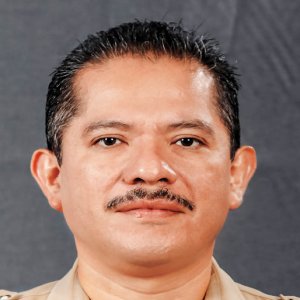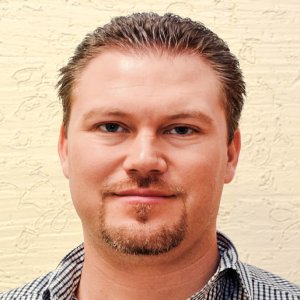Lean Management Approach Helps Run Vast Portfolio
STORY INLINE POST
Counting down to the smallest screw and bolt, the average car compiles over 30,000 parts, so it comes as no surprise that some automotive suppliers have a varied product portfolio. Parker Hannifin is one such diversified component supplier with eight different business groups. In Mexico, six of the group’s specializations are represented: fluid connectors, automation, hydraulics, filtration systems, instrumentation, and refrigeration. “Across every sector, Parker Hannifin has more than 1 million products and we participate worldwide in the automotive sector with over 900 products,” explains General Manager Francisco Dávila. This diversified product base has made it essential for Parker Hannifin to follow a lean business model and develop a consolidated brand image in the mind of customers.
Creating a unified front began with the merging of all sales points in Mexico, which was important for the efficiency of operations since Mexico holds an important position within the company’s growth strategy and is a point of contact to a number of OEM customers spread across the US, South American, European, and even Asian markets. Merging sales points creates an added advantage for the company’s distribution network. “Distributors represent approximately 60% of sales in Mexico, while 30% of products go directly to OEMs, and the remaining 10% is exported,” says Dávila. “Today, Parker Hannifin has over 200 distributors spread across Mexico, who are all linked to an in-house system that enables them to see orders and inventories in real-time and place orders electronically,” explains Dávila. The philosophy behind this service is presenting one face to the customer by creating only one point of entry for orders, shipment locations, and invoices, for products originating from all groups within the company. Its distributors serve most automotive facilities throughout the country, often located far from Parker Hannifin’s own sites. “This meant it was important to make sure that the distributors represent the brand properly in terms of customer service and quality,” states Dávila.
All of the company’s divisions worldwide have to be certified by the Parker WIN certificate, which lies at the core of the company’s operations. “By the end of 2014, all divisions have to be certified and their quality and customer service achievements will be ranked as bronze, silver, or gold,” says Dávila. All divisions must first acquire the bronze level and then move upwards. Dávila expects that the Mexican operations will soon earn the bronze award, and strategies are already in place to move up to silver and then to gold within two years.
A lean management approach has been adopted across the whole of Parker Hannifin’s global operations. The need to produce in the leanest way possible means grouping production sites together, which has opened up the possibility of bringing new products to the Mexican market. “When a product is released, we see if there is demand for its application in Mexico. If so, we offer it. Of course, there are cases where the volume does not justify the investment in new machinery to manufacture these products in Mexico. As Mexico’s potential increases, some parts that Parker Hannifin had sent to be manufactured in China eight years ago are now returning here. Mexico has become more competitive and its proximity to the US is an added advantage,” says Dávila.
The company is now looking to build a plant in Mexico that will incorporate two facilities into one while allowing space for new processes to grow. Bringing new products into the market may be the first step towards bringing full-blown R&D capacity here, and it is expected that the new plant will contain a dedicated laboratory for specific products and research. “Right now our Mexican operations lack an R&D focus, so we need to develop more research in this market in order to reach our goals and move along the certification process.” In searching for a site for the new plant, the company considered a number of locations. Incentives were offered by some states, such as Queretaro, which offered to pay for the training of the company’s workers, but the final decision was made to settle on a second site in Parker Hannifin’s current base of Toluca. Dávila rationalizes the decision by explaining that most of the company’s skilled workers are already based there, and a survey of the staff revealed that 95% of them would be unwilling to relocate.



